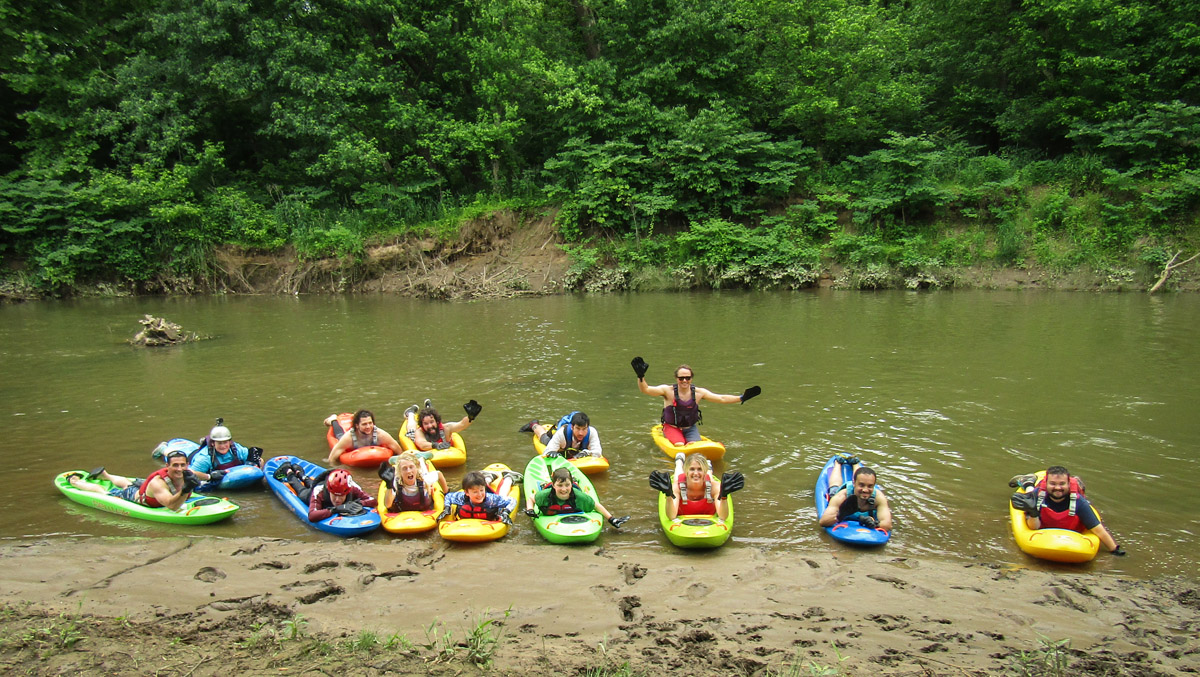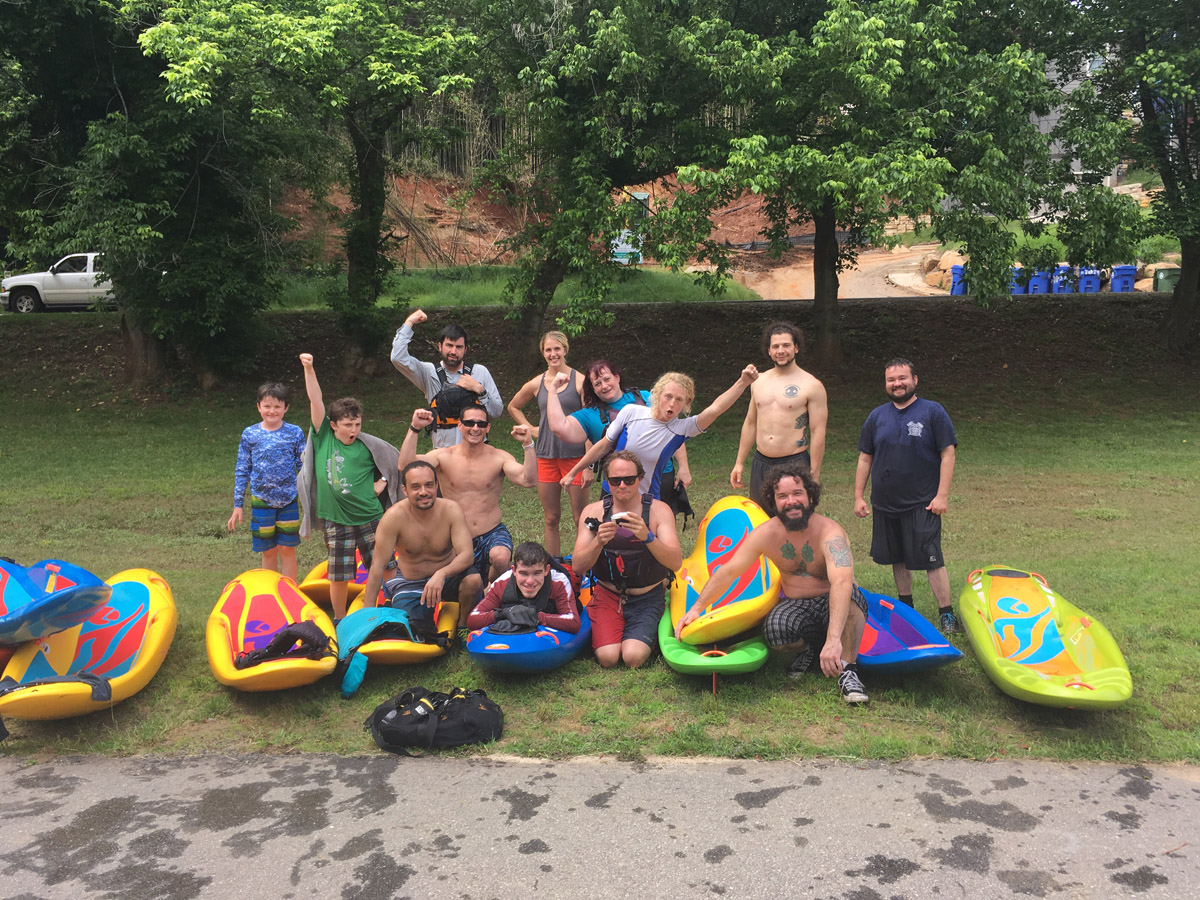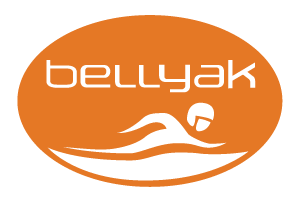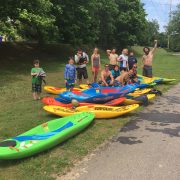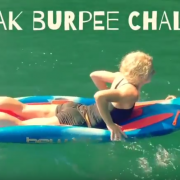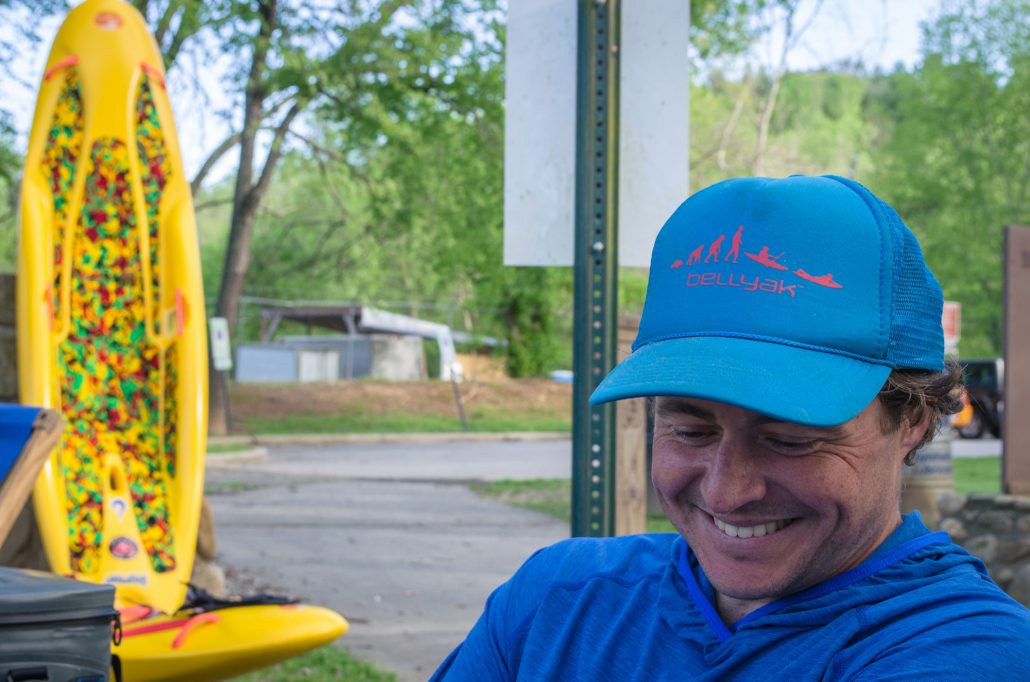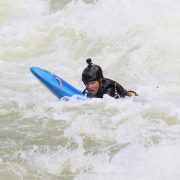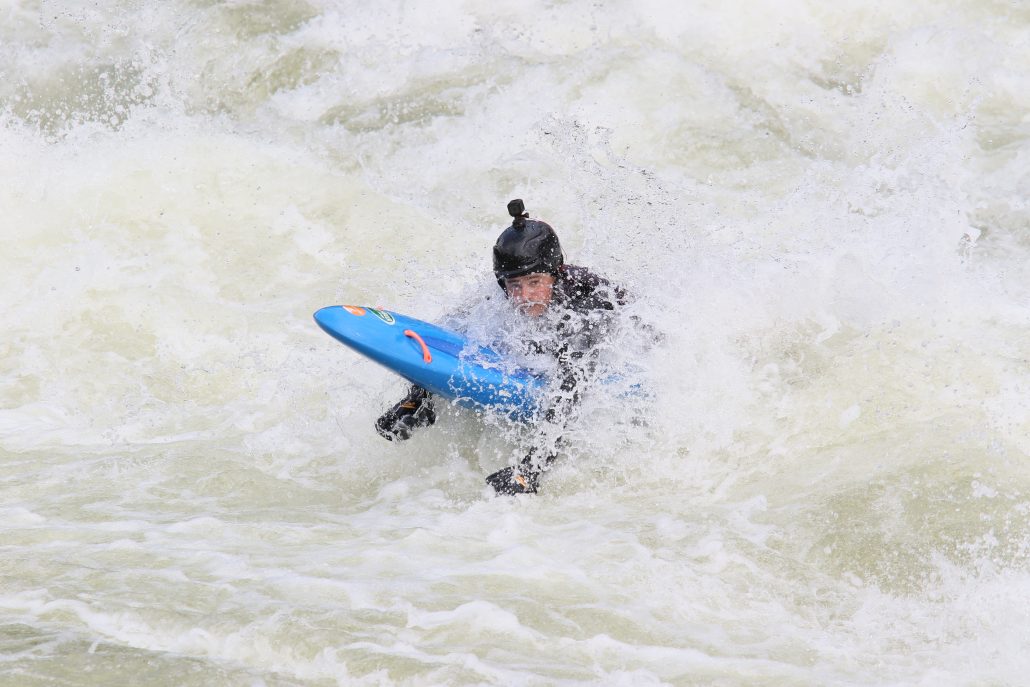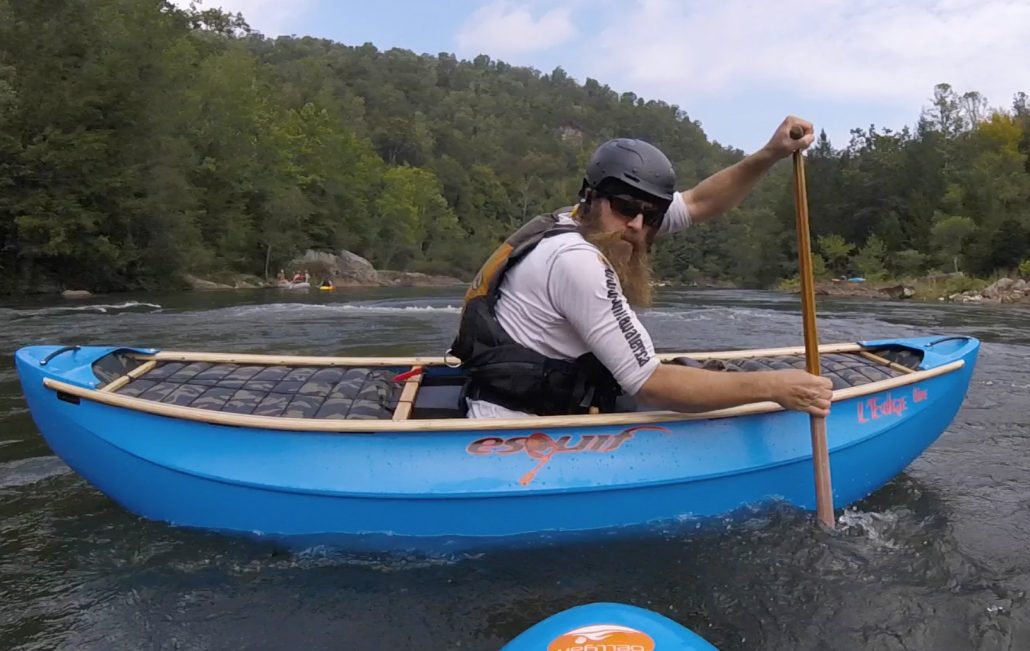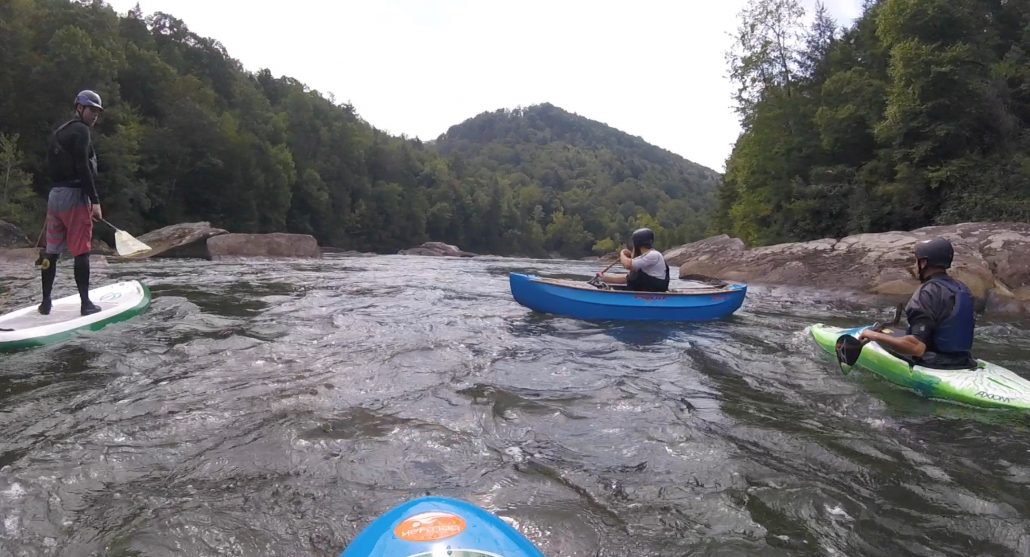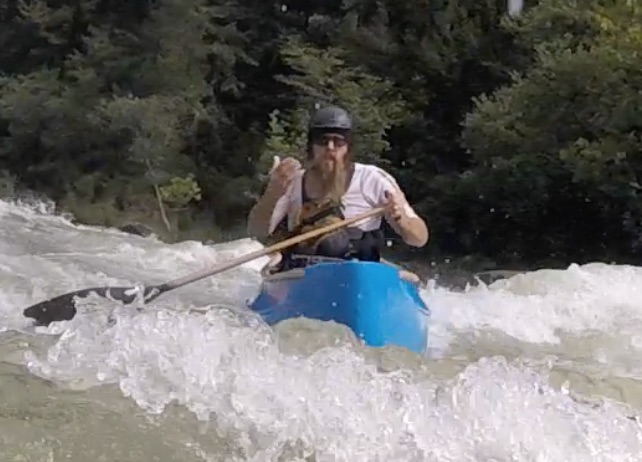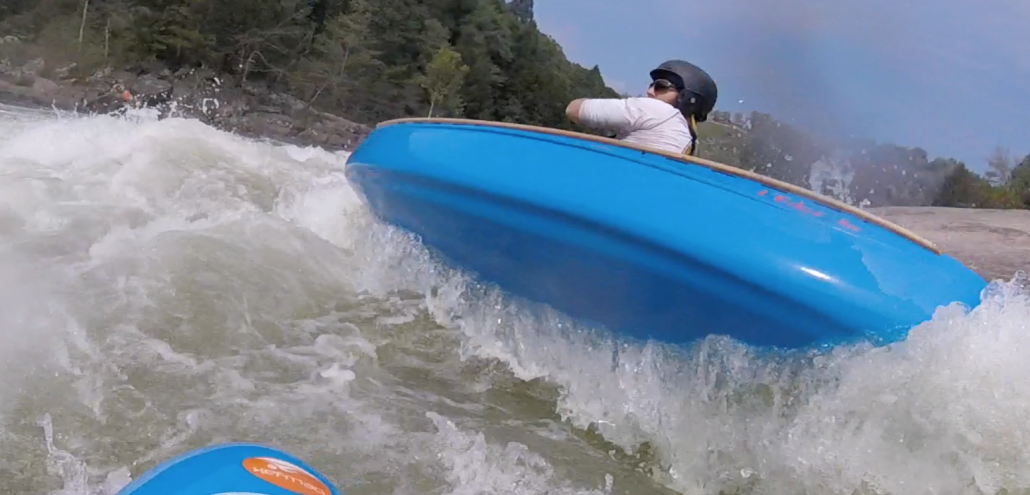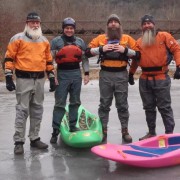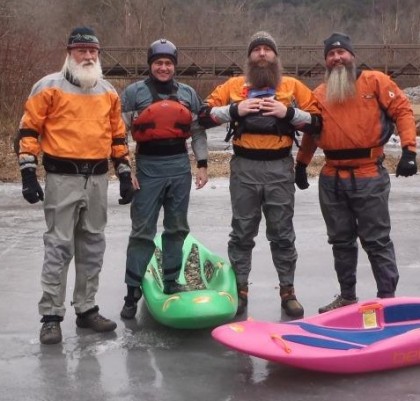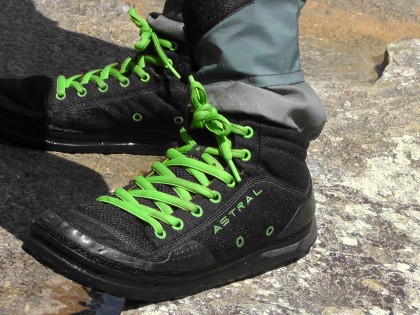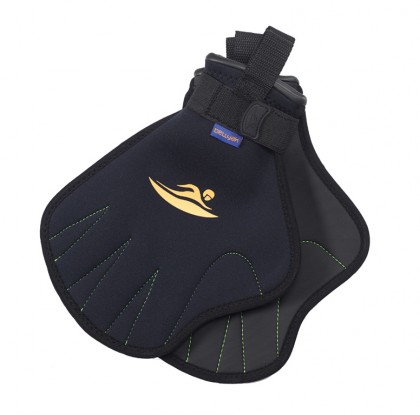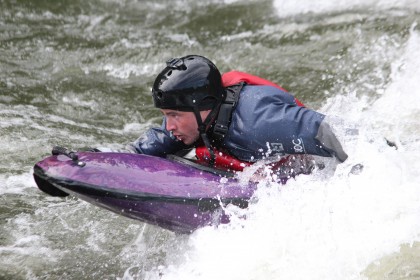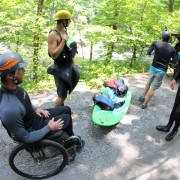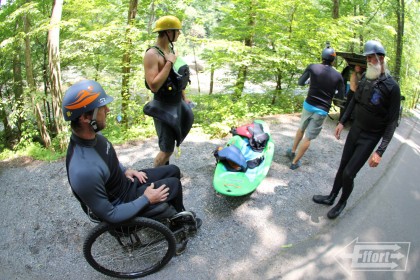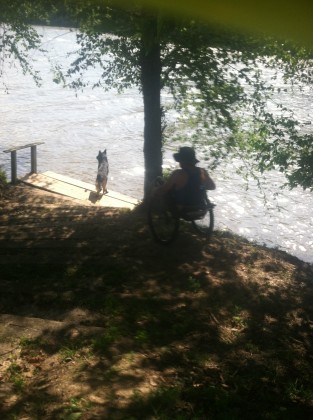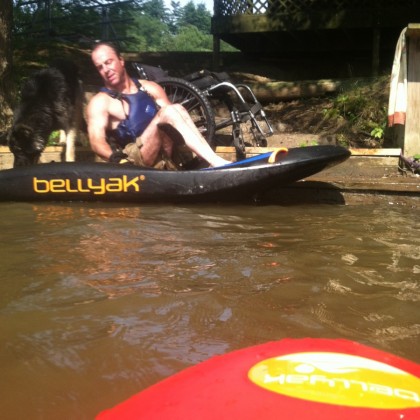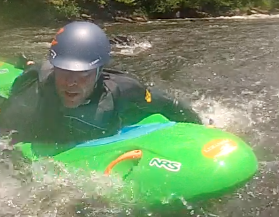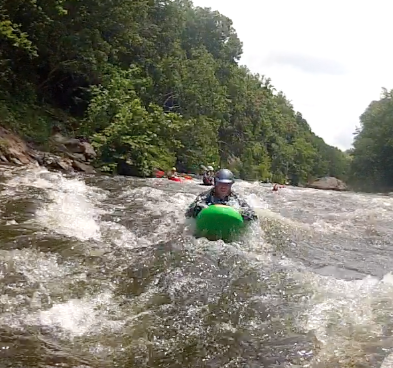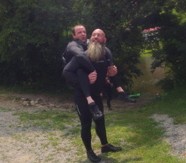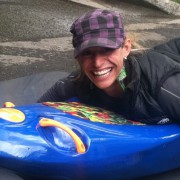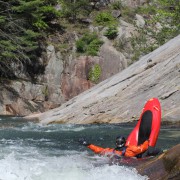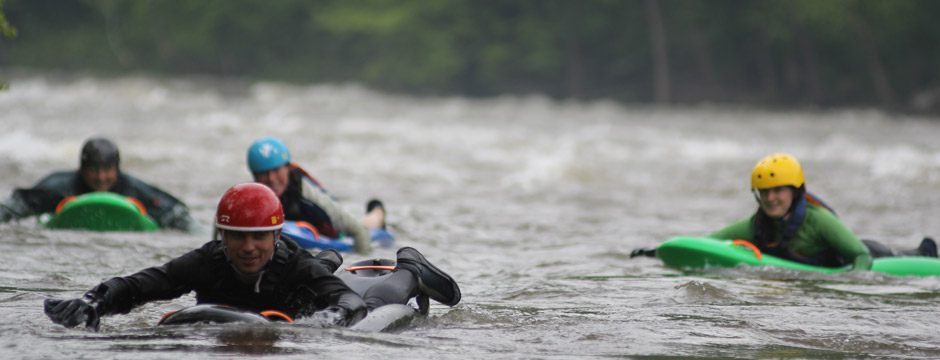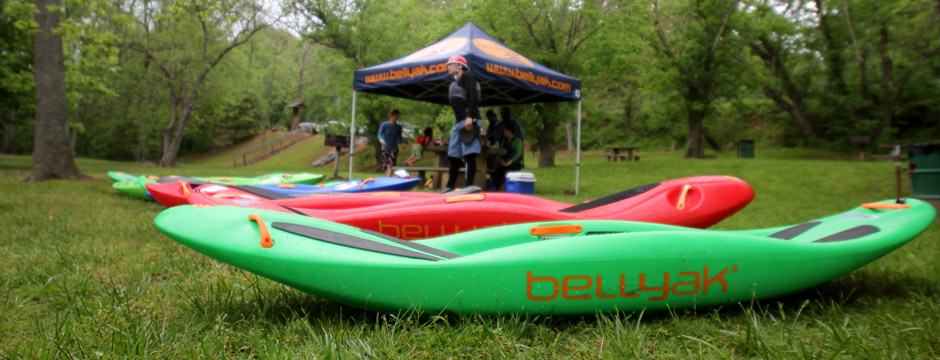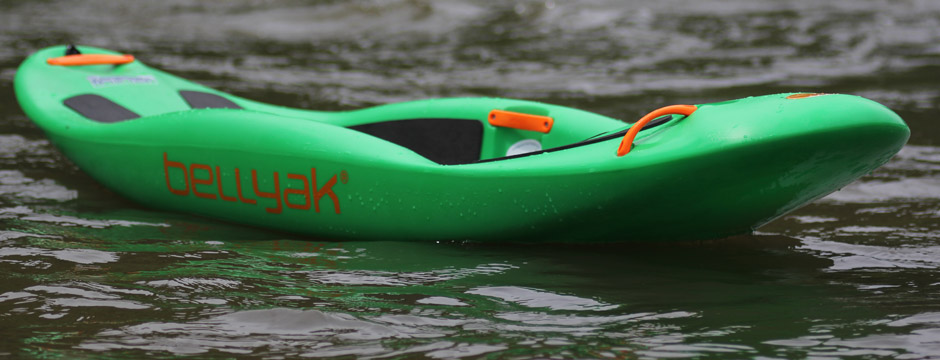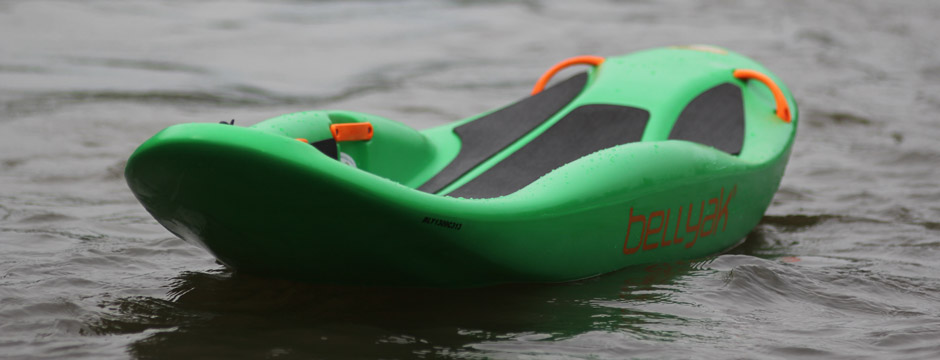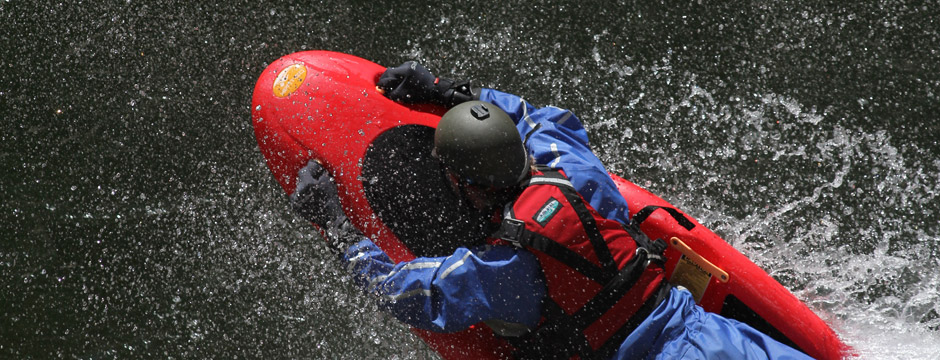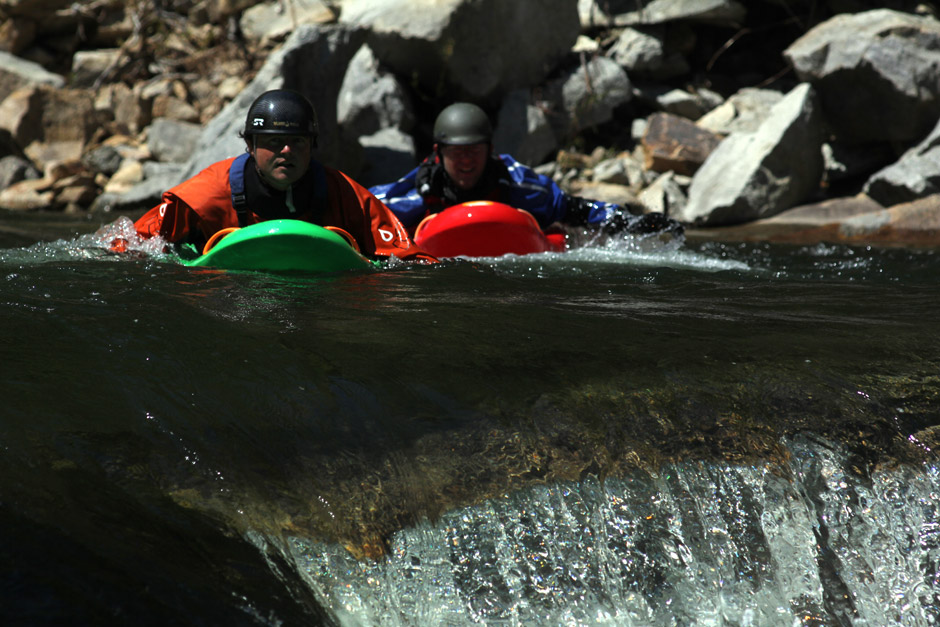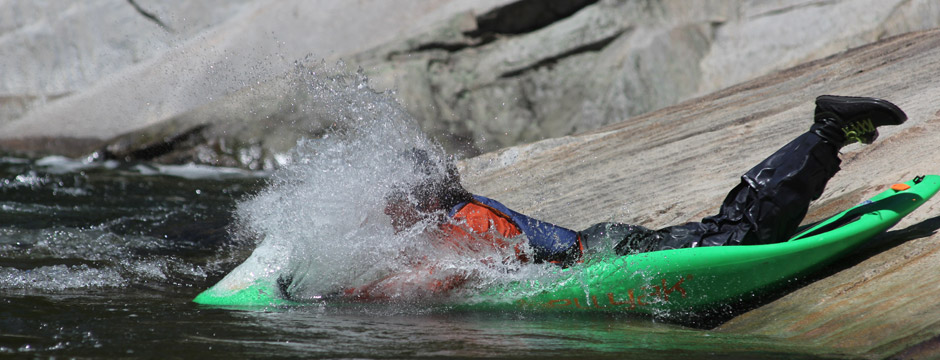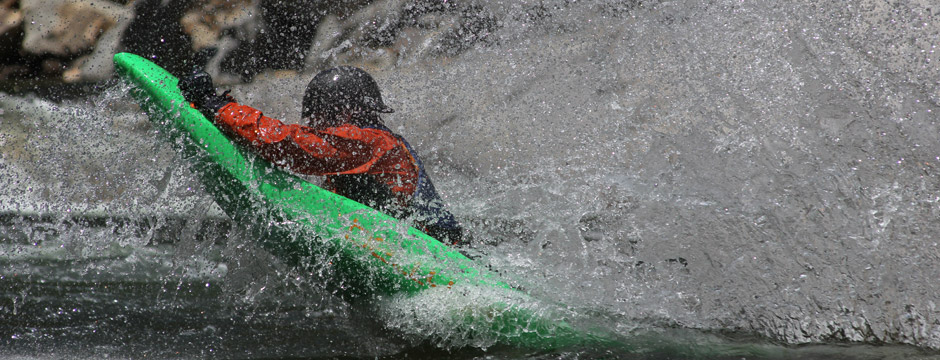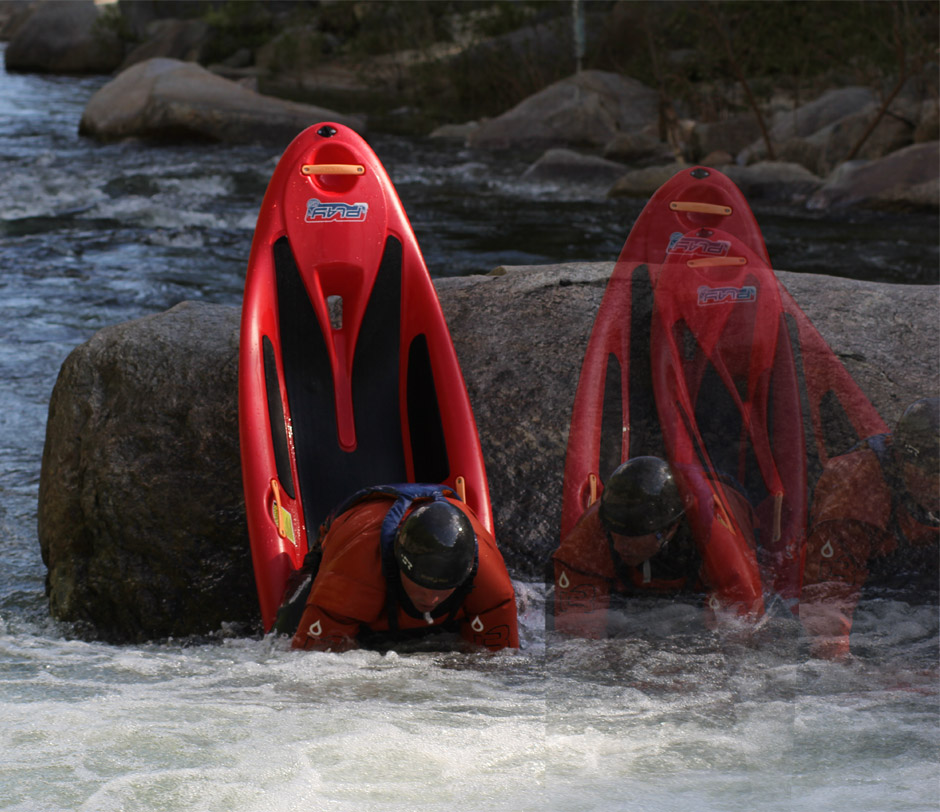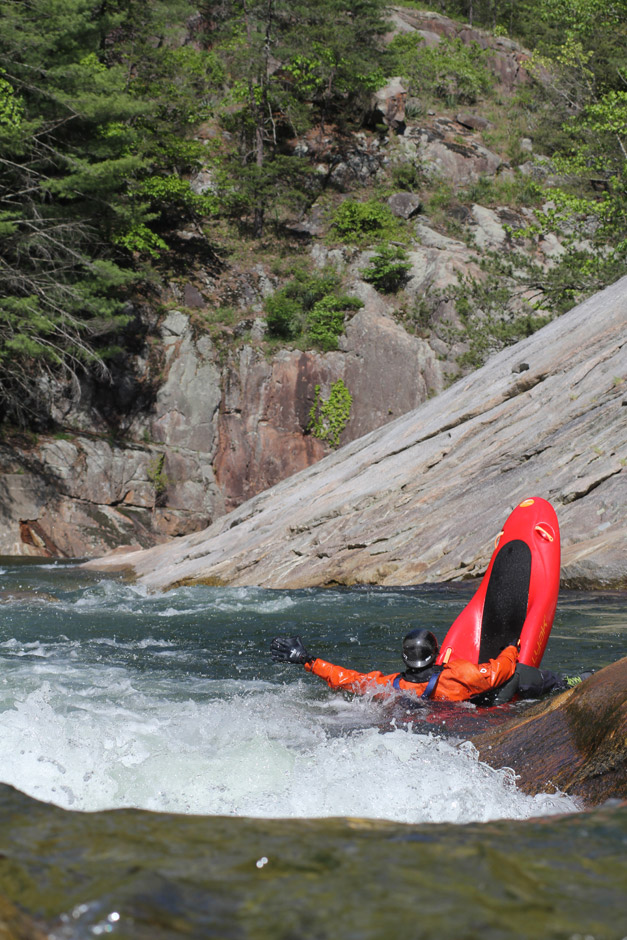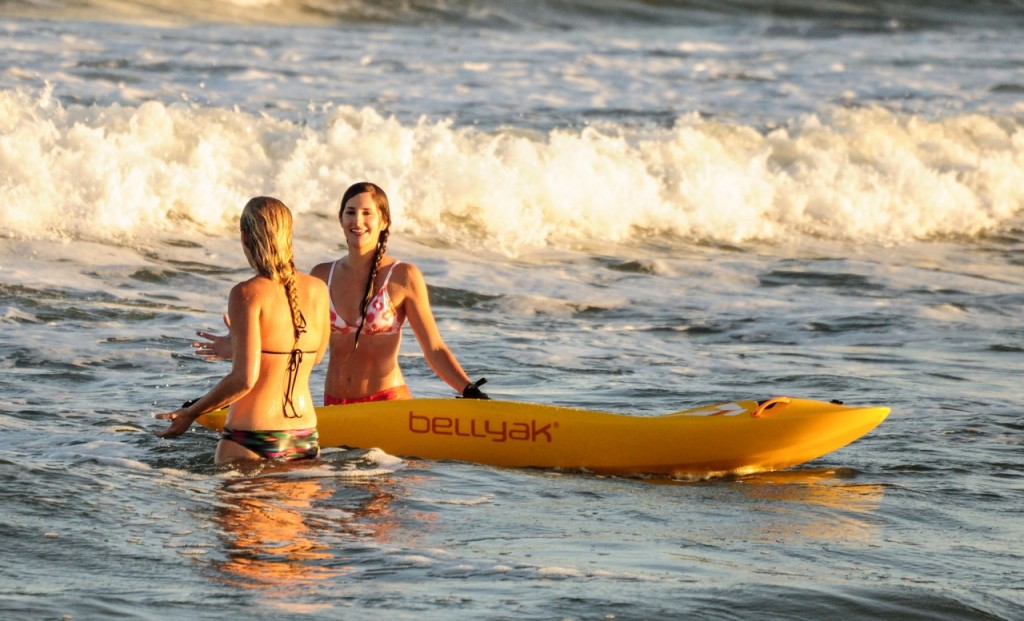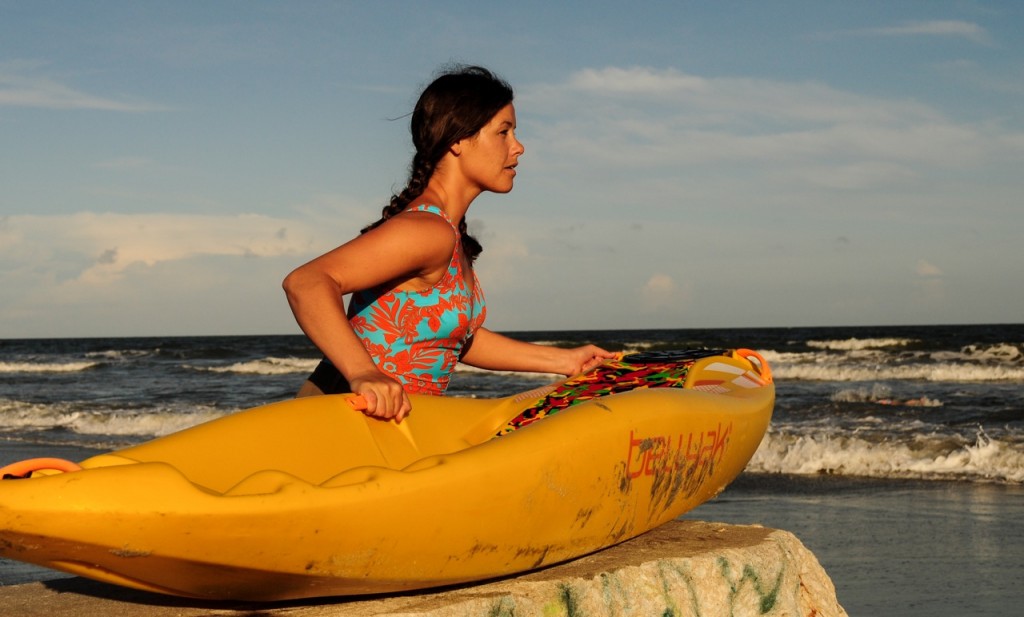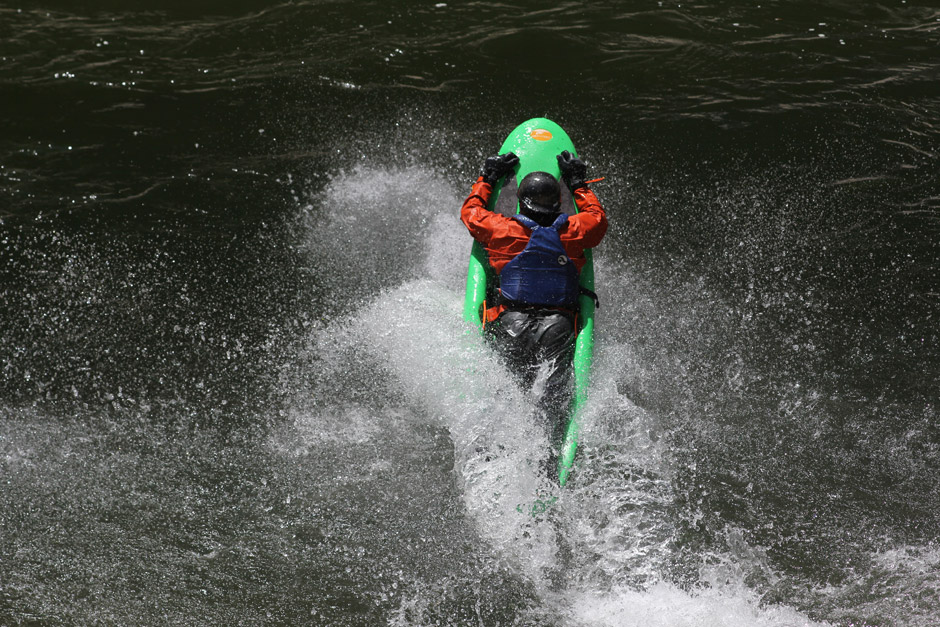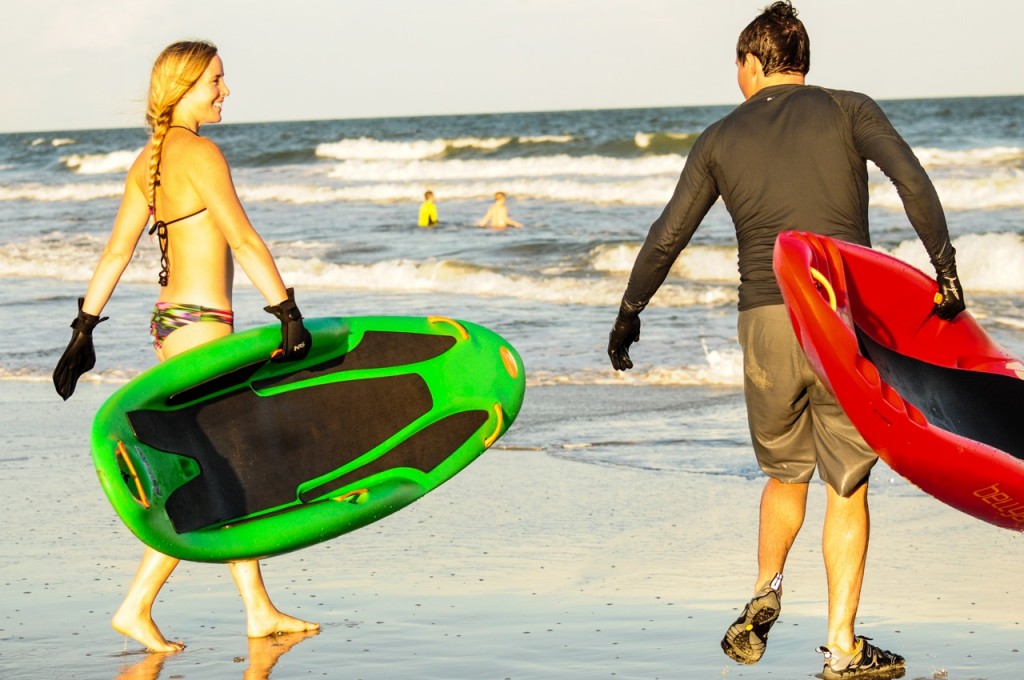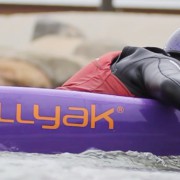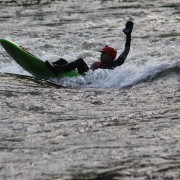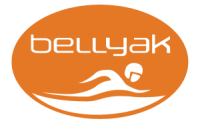A Bellyak is not meant to be ridden, it’s meant to be driven. People ride in kayaks, but to successfully bellyak, you must drive the boat. What should you expect your first time bellyaking?
1: You will get wet.
2: It’s harder and easier than you think.
3: You will get a great workout.
The Bellyak is meant to be primarily ridden in the prone position. At first, you may feel a little unstable if you’re not used to watersports. You’ll want to lean right and left to feel your ‘secondary stability.’ This lean is crucial for entering into and out of eddies, and for turning the boat while paddling. You’ll want to make sure you are in the middle of the boat: not too far forward and not too far back. This is known as your trim. If you’re too far forward the boat won’t go straight, and if you’re too far back, it will make the boat feel sluggish.
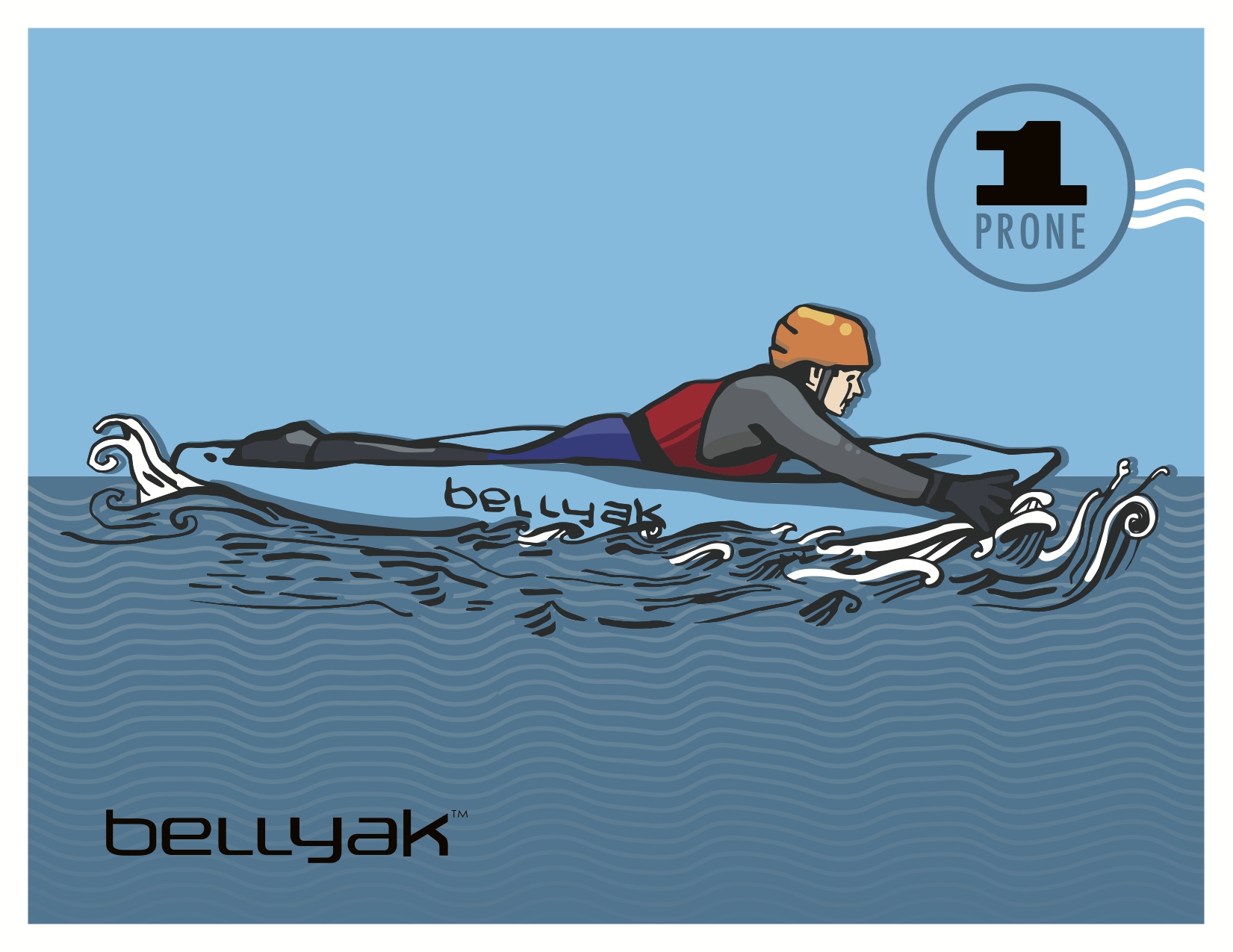
The benefit of the Bellyak is the ability to ride in multiple positions. This gives you a break from one position, and allows you to enjoy hanging out on the boat.
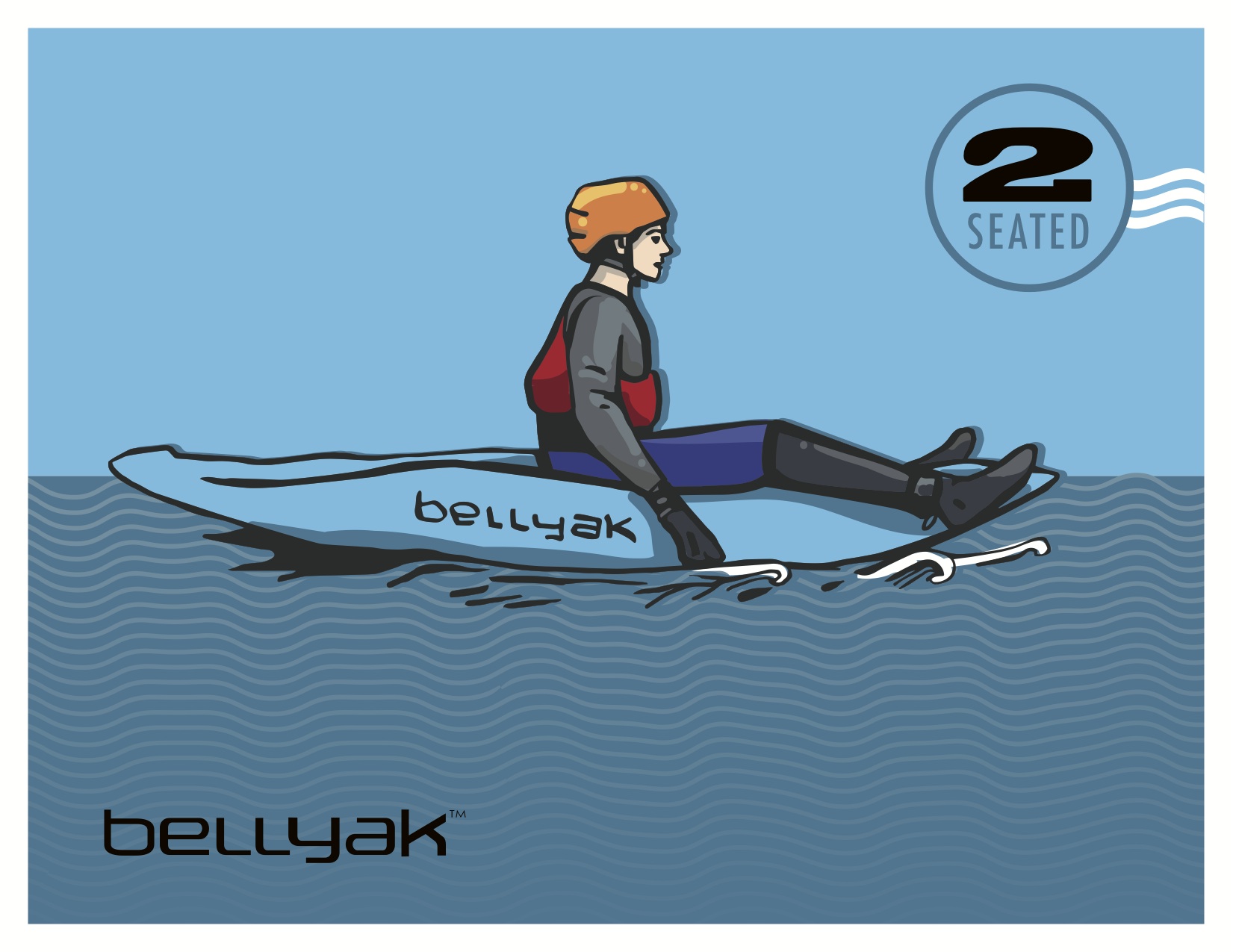
The trick from going from prone to seated is the swing your legs around the boat as you transition (straddling the boat with your feet in the water). Our soon to be released instructional video will show you how to do this. At first, you may fall off, but the good news is it’s really easy to climb back up on the boat from the water.
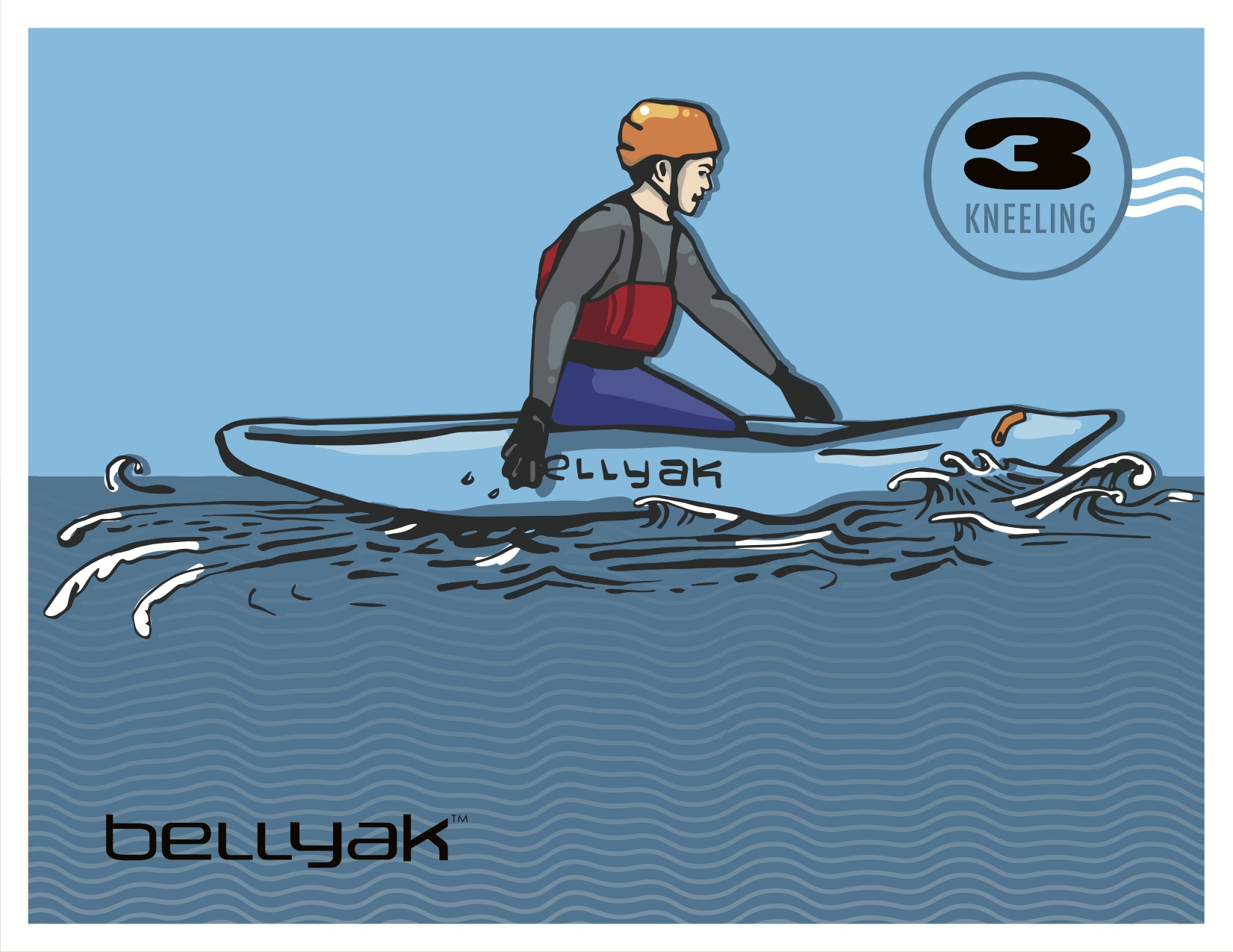 You can also ride the boat in kneeling, which is a little tippy at first, but a great way to surf and for scouting rapids before you run them, or for riding ocean waves.
You can also ride the boat in kneeling, which is a little tippy at first, but a great way to surf and for scouting rapids before you run them, or for riding ocean waves.
What if I fall off?
Since there is no cockpit to fill with water you can remount the boat in two ways: slide the boat under you as you mount from the rear, or climb on from the side as you throw your legs over the boat.
Will I be tired?
Doing any new sport for the first time will require new muscles and skills. If you’re using the boat in the ocean, you can easily take breaks as needed. If you are going down a river, it is recommended that you stop and enjoy the scenery…there is no rush. River surfing and running harder whitewater require a higher degree of fitness, but the good news is that the bellyak provides a terrific shoulder and core workout.
Key Pointers for River Running:
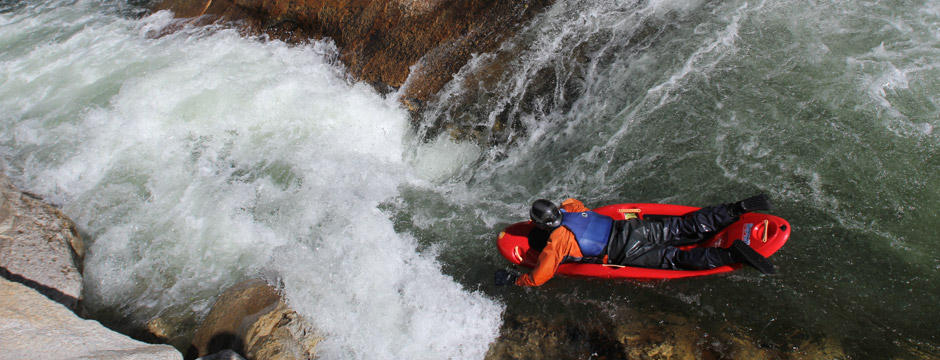
Adam Masters at Thunderhole on Wilson Creek, photo Effort, Inc. Boat: Play 45
Set up way in advance of your line. What this means is that if you want to go left at the next rapid begin setting up to go left before you get there. The benefit of being so close to the current is that you can learn exactly how the water works and find path of least resistance. There are really only a few strokes required at any given time: setting up your angle, punching through waves and holes, and crossing into and out of eddies.
The Boof Stroke:
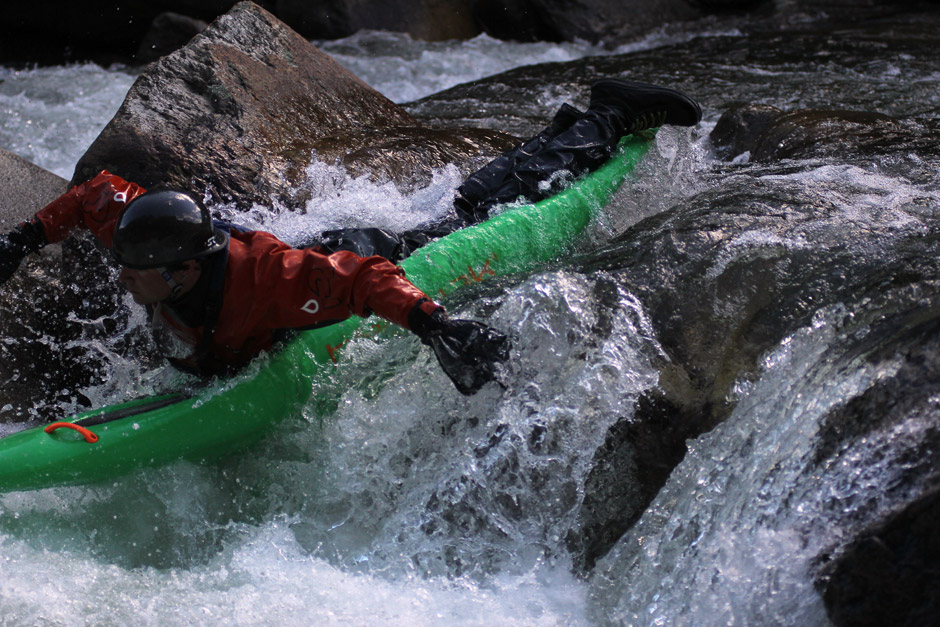
Adam Masters on Wilson Creek in the Play 35. Photo by Effort, Inc.
As you come over a drop, or into a hole, the last stroke is crucial. You want to take a big breast stroke, which naturally takes your weight off the bow of the boat. This accelerates the boat and insures that you glide over the feature rather than get bogged down in it. The handles are not for grabbing onto while going through whitewater, they are meant to be used to reposition yourself on the boat.
Eddies:
As you come into and out of eddies (the interface between the moving water and still water) you’ll want to lean into the turn.
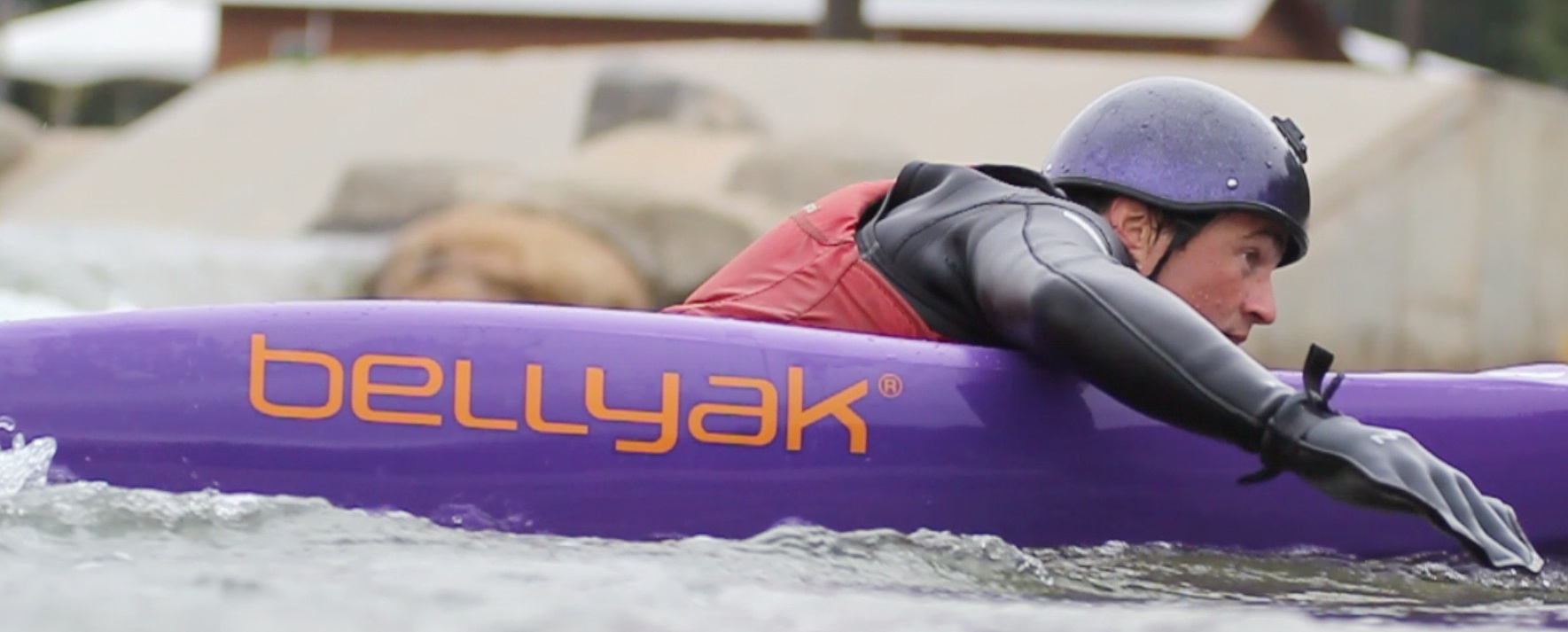
Leaning into the turn will help you carve across the current and keep you from flipping over. If you’re already a kayaker, all the same rules of edging and leaning that you know in your kayak apply directly to the bellyak. After all, the bellyak is a kayak that you swim on top of!
Key Pointers for Paddling in the Surf:
As you paddle out into the break, the same ‘boof stroke’ is crucial for getting past the breakers. Take a strong stroke right as you crest the wave. If the wave crashes over you and pushes you back, then just surf backwards! The bi-directional nature of the bellyak works well either forward or switch!
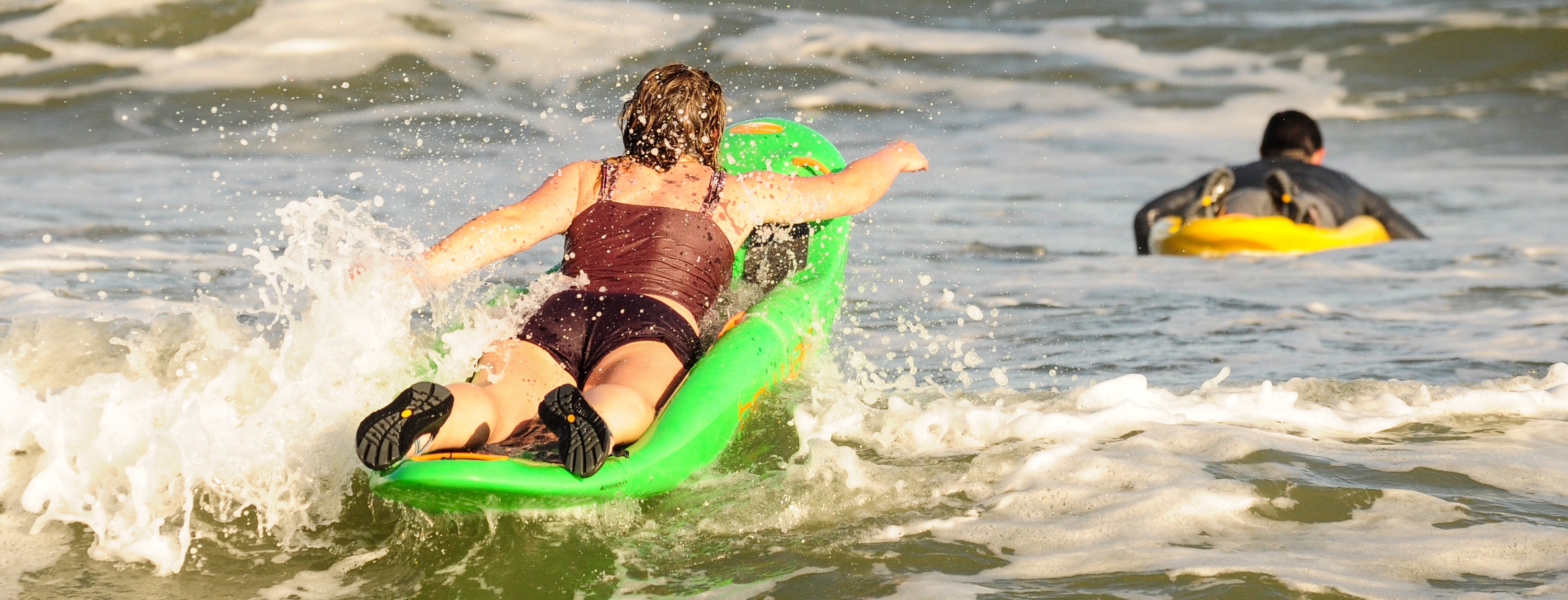
Paddling out through the waves is almost as fun as surfing back in
When catching waves, the shorter length of the bellyak means you need to start paddling sooner to catch waves than you would if you were on a longboard or SUP. With a little practice you’ll have it down in no time.
If you get turned sideways to a wave, then lean into the whitewater (away from the beach). This will keep you upright and smiling.

The handles can be used for surfing!
The best pointer of all? Have fun, and be safe!
See you on the water.
